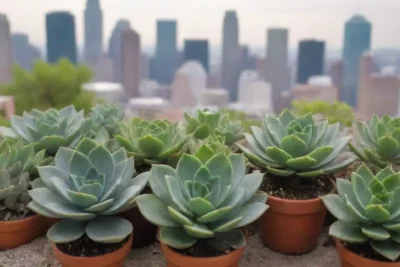
Succulents: Low Maintenance Plants with High Environmental Value
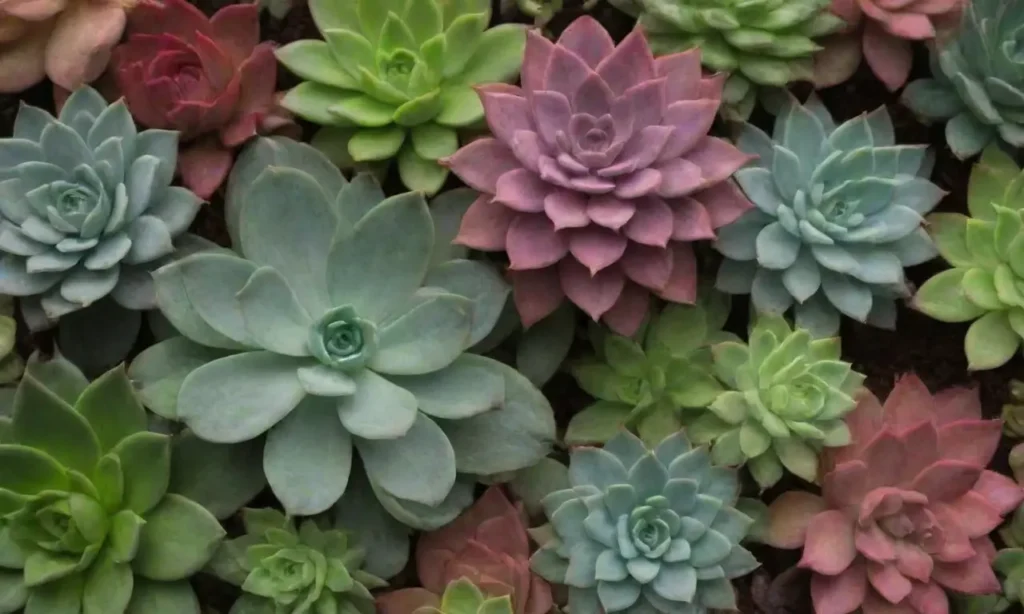
Introduction
The world of botany is a fascinating realm filled with various plant species, each exhibiting unique characteristics and benefits. Among these botanical marvels, succulents stand out for their striking appearance and remarkable resilience. These drought-resistant plants have gained immense popularity in recent years, not only for their aesthetic appeal but also for their low maintenance requirements, making them an ideal choice for both novice and experienced gardeners alike.
In this article, we will delve into the incredible world of succulents, shedding light on their unique features, benefits, and how they contribute to our environment. We will explore the various types of succulents, their care needs, advantages for indoor and outdoor spaces, and their ecological significance in combating climate change.
Understanding Succulents: What Makes Them Unique?
Succulents belong to a diverse group of plants with the unique ability to store water in their leaves, stems, and roots, allowing them to thrive in arid environments. The name "succulent" is derived from the Latin word "sucus," meaning juice or sap, which emphasizes their water-retaining capabilities. The remarkable adaptations of succulents enable them to survive extended periods of drought, making them an excellent choice for regions with limited rainfall.
Adaptations and Characteristics
The key to a succulent's survival lies in its modified structures, which allow it to retain moisture. Most succulents have thick, fleshy leaves or stems that store water, providing a critical reserve during dry spells. The surface of their leaves often features a waxy coating, which reduces transpiration (the loss of moisture through evaporation) and protects them from desiccation.
Another fascinating characteristic of succulents is their ability to undergo CAM (Crassulacean Acid Metabolism) photosynthesis. This unique process allows them to absorb carbon dioxide at night when temperatures are cooler and moisture loss is minimized. This adaptation allows succulents to thrive in environments that would be inhospitable to most other plants, showcasing their resilience and versatility.
Types of Succulents
There are hundreds of succulent species, and they come in various shapes, sizes, and colors. Some popular types include Aloe, Echeveria, Sedum, and Haworthia. Each type of succulent has its own unique care requirements, which makes them appealing to gardeners of all skill levels.
For instance, Aloe vera is well-known for its medicinal properties and thrives with minimal care, requiring only well-draining soil and occasional watering. In contrast, Echeveria offers an array of colors and shapes, making it a favorite among collectors. Recognizing the various types of succulents can help you make informed choices when selecting plants that best fit your home or garden.
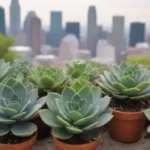 Succulents: Nature’s Way of Fighting Urban Heat Islands
Succulents: Nature’s Way of Fighting Urban Heat IslandsBenefits of Growing Succulents
Succulents are not just attractive additions to your home or garden; they offer a plethora of benefits that enhance both personal well-being and environmental health.
Low Maintenance Requirements
One of the most significant advantages of succulents is their low maintenance nature. Unlike traditional houseplants that require consistent watering and attention, most succulents thrive on neglect. They need watering only when the soil is completely dry, which may translate to watering once every two weeks or even less frequently, depending on the humidity and temperature of your environment.
This low-maintenance characteristic makes succulents perfect for busy individuals or those who may not have a green thumb. Simply providing them with adequate sunlight and the right soil conditions is often enough to keep them thriving. Additionally, succulents can be grown in a variety of settings, from pots on a windowsill to larger outdoor gardens, allowing for flexibility in their placement.
Air Purification
Succulents contribute to improved indoor air quality by absorbing carbon dioxide and releasing oxygen during photosynthesis. Although they may not absorb as much carbon dioxide as larger houseplants, succulents still play a role in promoting a healthier living environment. Certain succulents, such as Aloe vera, are particularly well-regarded for their air-purifying qualities, making them a beneficial addition to homes, offices, and other indoor spaces.
Furthermore, some studies suggest that having plants in your living space can enhance your overall well-being and reduce stress. The mere act of caring for plants and connecting with nature can lead to improved mental health, making succulents not just aesthetically pleasing but also nurturing for the soul.
Ecological Importance
In addition to their aesthetic and wellness benefits, succulent plants also hold significant ecological value. Many succulent species are native to arid regions, where they have adapted to retain moisture and reduce water usage. By incorporating succulents into landscaping, homeowners can reduce their overall water consumption, making these plants pivotal in water conservation efforts.
Succulents can also contribute to biodiversity by providing habitats and food for various insects and animals. Their colorful flowers attract pollinators such as bees and butterflies, fostering a healthier ecosystem. By planting succulents, you can play a vital role in supporting local wildlife and promoting ecological balance.
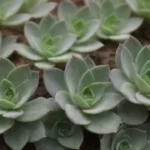 How Succulents Can Help Prevent Soil Erosion and Degradation
How Succulents Can Help Prevent Soil Erosion and DegradationCaring for Succulents: Tips and Tricks

While succulents are low maintenance, they still require specific care to thrive and reach their full potential.
Soil and Watering Needs
Succulents prefer well-draining soil to prevent root rot, which is a common issue when growing these plants. A specialized cactus mix, available at most garden centers, is an excellent option as it typically contains sand and perlite to improve drainage. Alternatively, you can create your own mix by combining regular potting soil with perlite, sand, or gravel.
When it comes to watering, the key to a successful succulent is to follow the "soak and dry" method. This means thoroughly watering the plant until water drains from the bottom of the pot, then allowing the soil to dry out completely before watering again. During the growing season (spring and summer), succulents require more frequent watering compared to the dormant winter months, when watering should be reduced to once a month.
Light Conditions
Succulents thrive in bright, indirect sunlight, which is crucial for maintaining their vibrant colors and promoting healthy growth. A south-facing window is typically ideal for most succulents, but be cautious not to expose them to intense, direct sunlight for prolonged periods, as this can lead to sunburn and discoloration.
If you're growing succulents outdoors, choose a spot that receives ample sunlight while providing some protection during the hottest part of the day, especially in extreme heat or during peak summer months. Rotate your succulent pots periodically to ensure even light exposure, promoting balanced growth.
Common Pests and Problems
Though succulents are relatively hardy, they can still fall prey to common pests such as mealybugs, aphids, and fungus gnats. Regularly inspecting your plants and maintaining proper care can help mitigate infestations. If pests are detected, remove them manually or treat the affected area with insecticidal soap or neem oil.
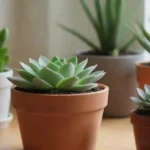 Maximizing Energy Efficiency at Home with Succulent Decor
Maximizing Energy Efficiency at Home with Succulent DecorOverwatered succulents may also develop issues, such as root rot or fungal infections. Always ensure that your pots have proper drainage, and observe the plant’s overall health. Yellowing leaves, mushy stems, or signs of wilting can indicate that adjustments are needed.
Conclusion
Succulents are more than just pretty foliage; they represent a sustainable choice for both urban and outdoor landscapes, offering numerous environmental benefits while being remarkably easy to care for. As we have explored throughout this article, succulents' incredible adaptability, beauty, low maintenance requirements, and significant impacts on air quality and biodiversity make them essential players in our fight against climate change.
Gardening with succulents allows individuals to express their creativity while being mindful of their eco-footprint. By choosing to cultivate these hardy plants, you are not only enhancing your living space but also contributing to a greener planet. Whether you're a seasoned gardener or just starting your journey, succulents can inspire you to create a thriving, sustainable environment.
So why not consider adding some succulents to your home, garden, or office space? With a bit of attention and care, these resilient plants will flourish, providing beauty, enjoyment, and environmental value for years to come. Embrace the world of succulents and experience the joys they bring, all while playing an active role in preserving our precious planet.
If you want to read more articles similar to Succulents: Low Maintenance Plants with High Environmental Value, you can visit the Environmental Benefits category.



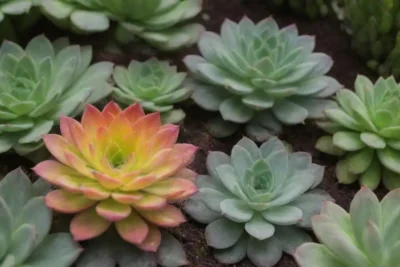
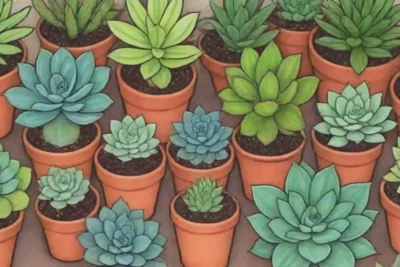
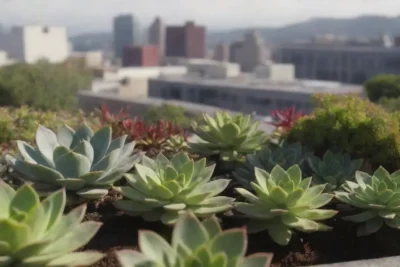
You Must Read